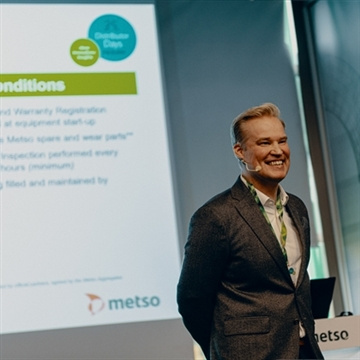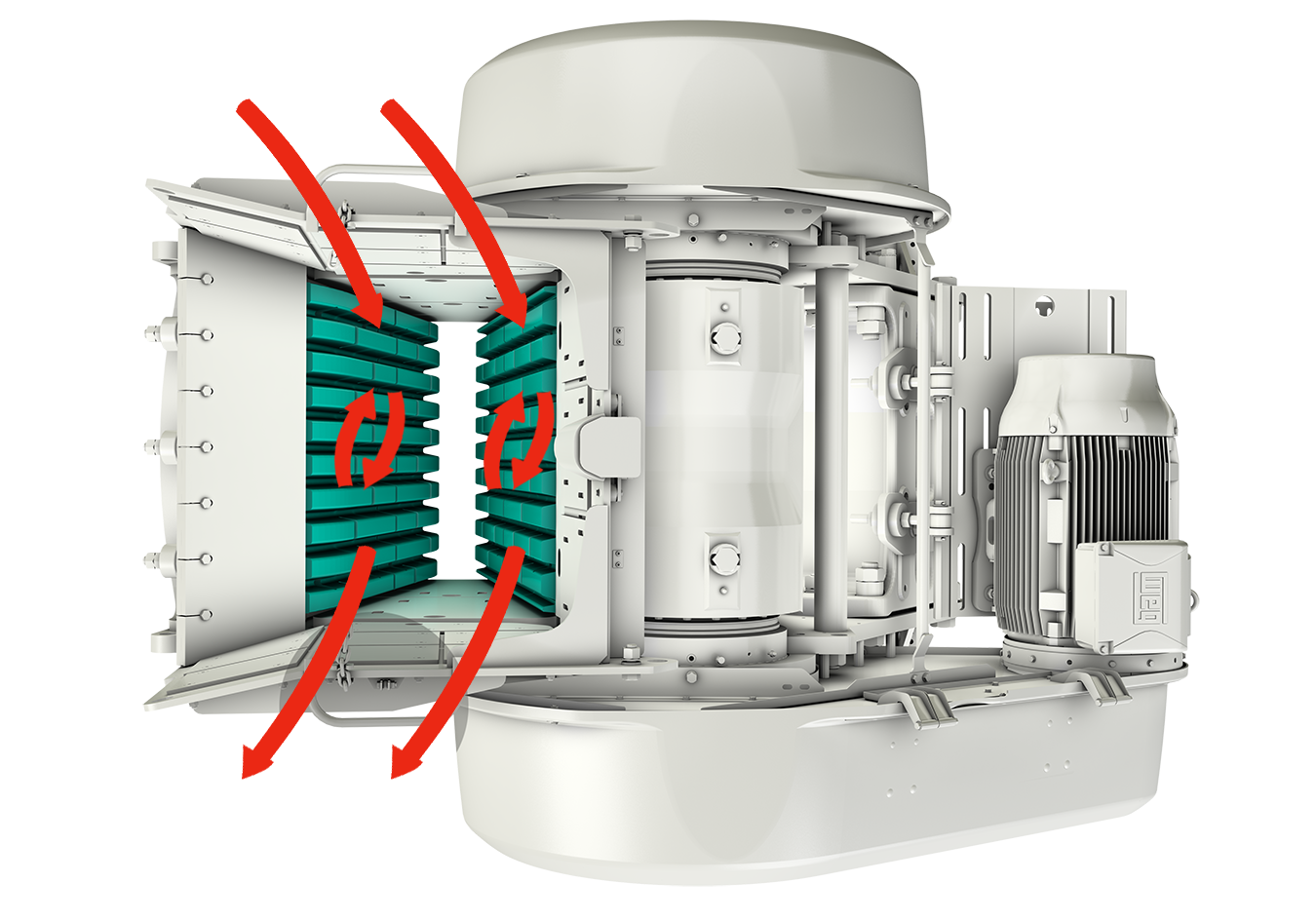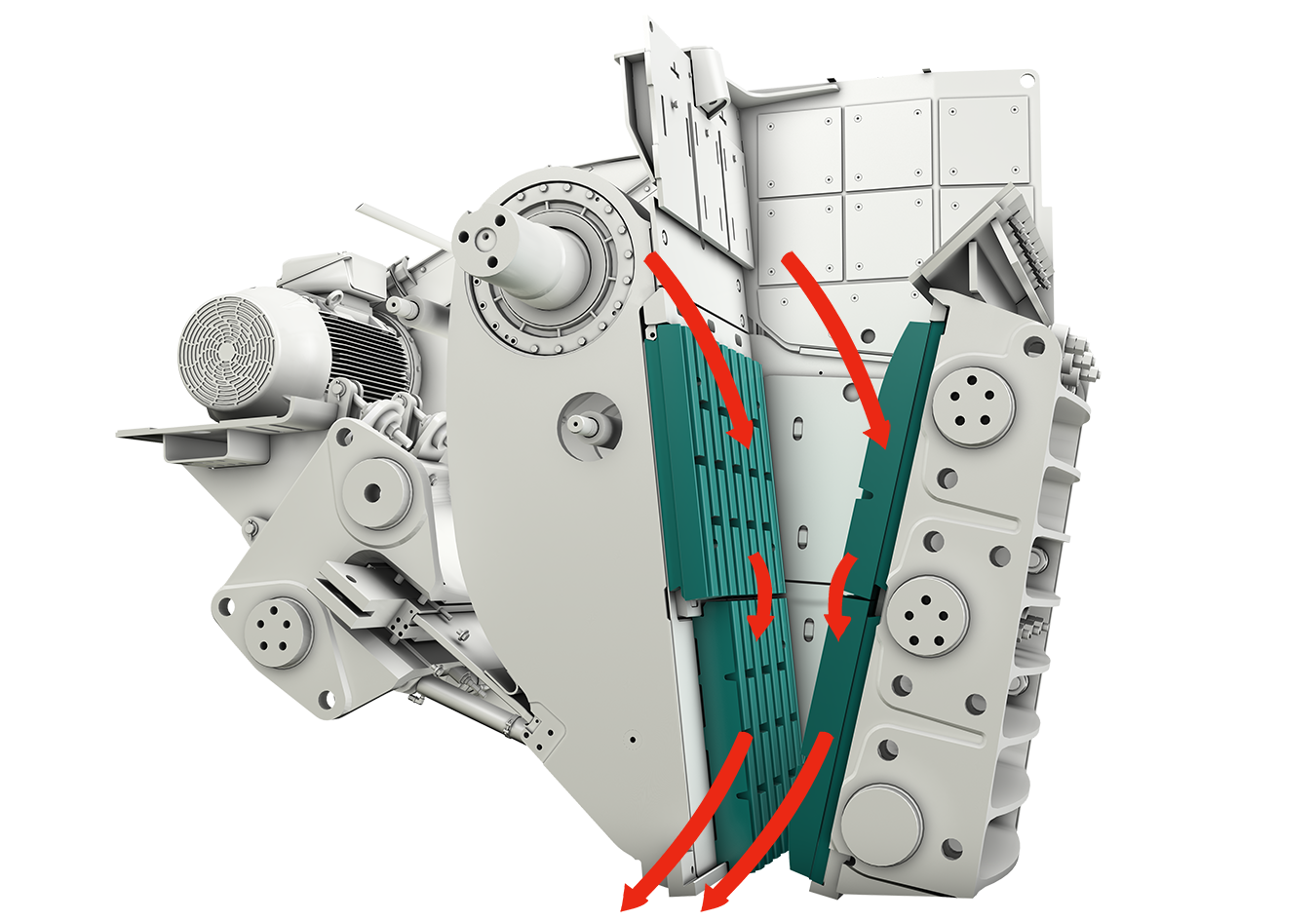But how do you know when to rotate the jaw crusher plate and the correct procedure to do this? We will explain here why it is important to rotate the jaw plates, and when the best time to implement the rotation is.
Why it is important to rotate the one-piece and two-piece jaw crusher plates?
When the wearing of the jaw plates is severe, the crusher performance is not ideal, because the empty spaces between the teeth are reduced, encasement happens frequently, and the crushing angle is changed – or in other words, production is not optimal.
This means that a cost-benefit analysis for changing the worn jaw plate should be seriously considered, because at a certain point, the difference in production justifies investing in a new part. Sometimes we have even observed users crushing with cracked and perforated jaw plates, without carrying out the correct control and cost x production analysis.
By rotating the jaw plates, you can get the most wear life out of the wear part before replacement. Reusing the jaw plates also impacts the profit that you can get from your operation. Reusing the same jaw plate not only saves costs but makes your operation more sustainable. The benefit of the procedure is that it allows good work hardening of the manganese jaw dies and helps maintain the best nip angle for maximum throughput. All Metso Outotec one-piece and two-piece jaw crusher plates are rotatable.
When should the jaw crusher plates be rotated?
The ideal situation would be when even wear occurs throughout the jaw plate area, using all the manganese teeth, eliminating the need to execute the “turn,” or change production. However, this is impossible, because there are some areas where we cannot avoid more severe wear than others, mainly because of the crushing movement geometry, such as in the fixed jaw plate lower tip and the central area of the swing jaw plate, so a turn should be carried out to achieve better performance and use.
Here is what to consider when rotating one-piece or two-piece jaws:
Rotating one-piece jaw crusher plates
Fixed jaw plate – use until wear of about 30% occurs in the lower area and make the first turn. Make the second turn when wear from 90% to 100% occurs in this new lower area. Conclude by using the remaining 30% of the life cycle of this extremity.
Movable jaw plate – the same procedure is applied to the movable jaw plate, because although the wear occurs in the central area, it rarely occurs exactly in the middle of the jaw plate.




